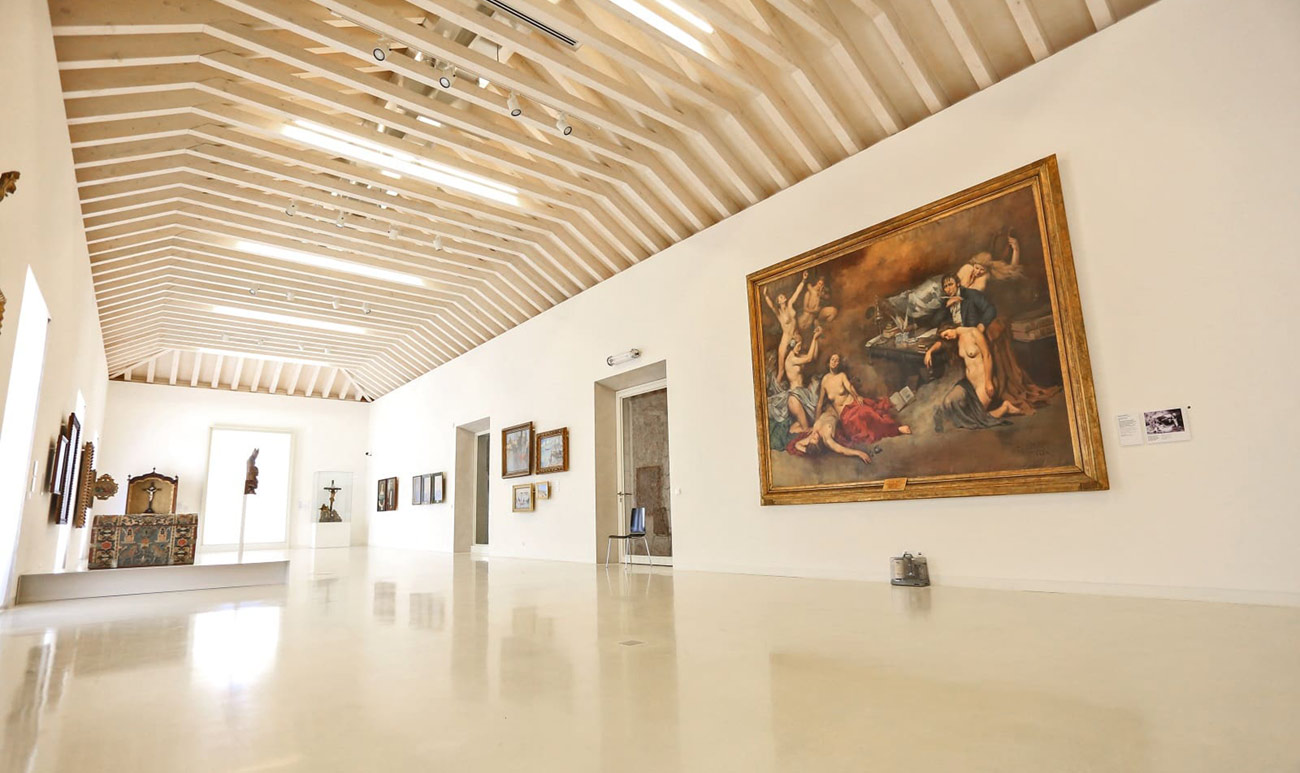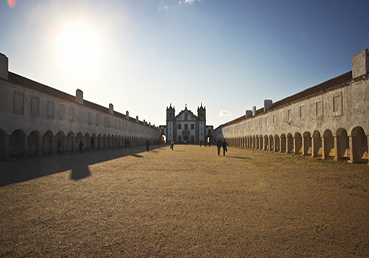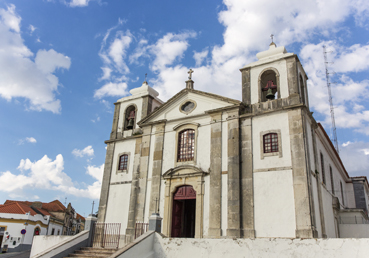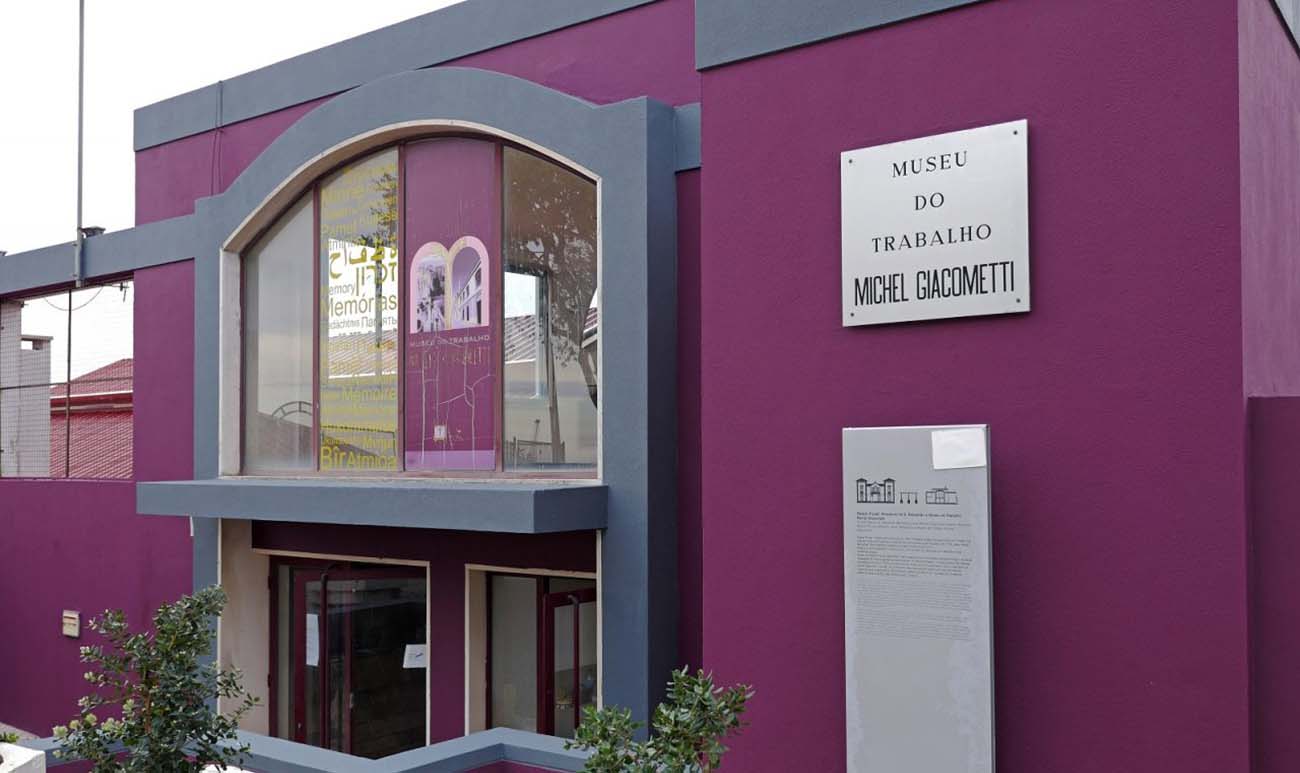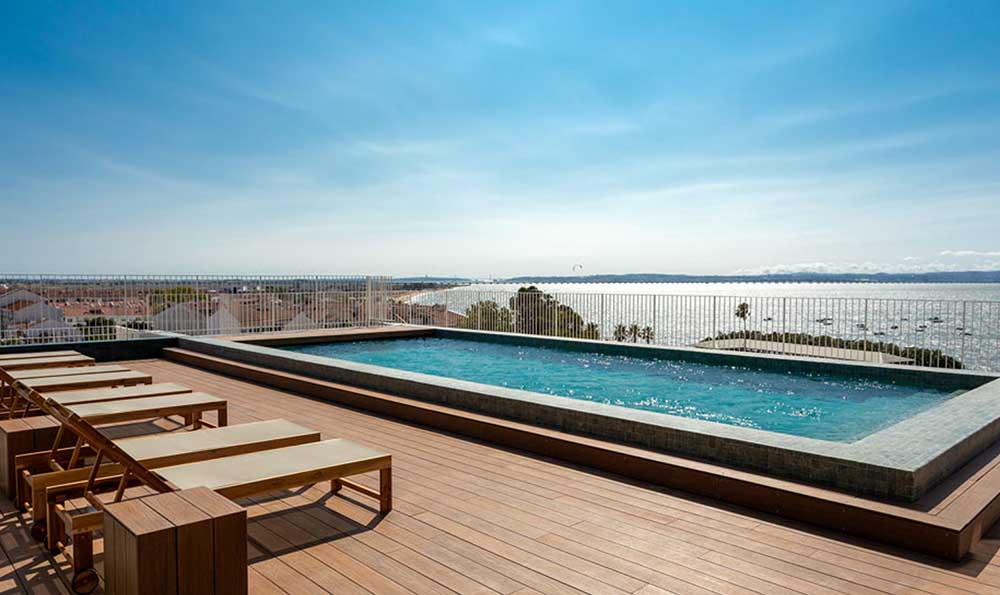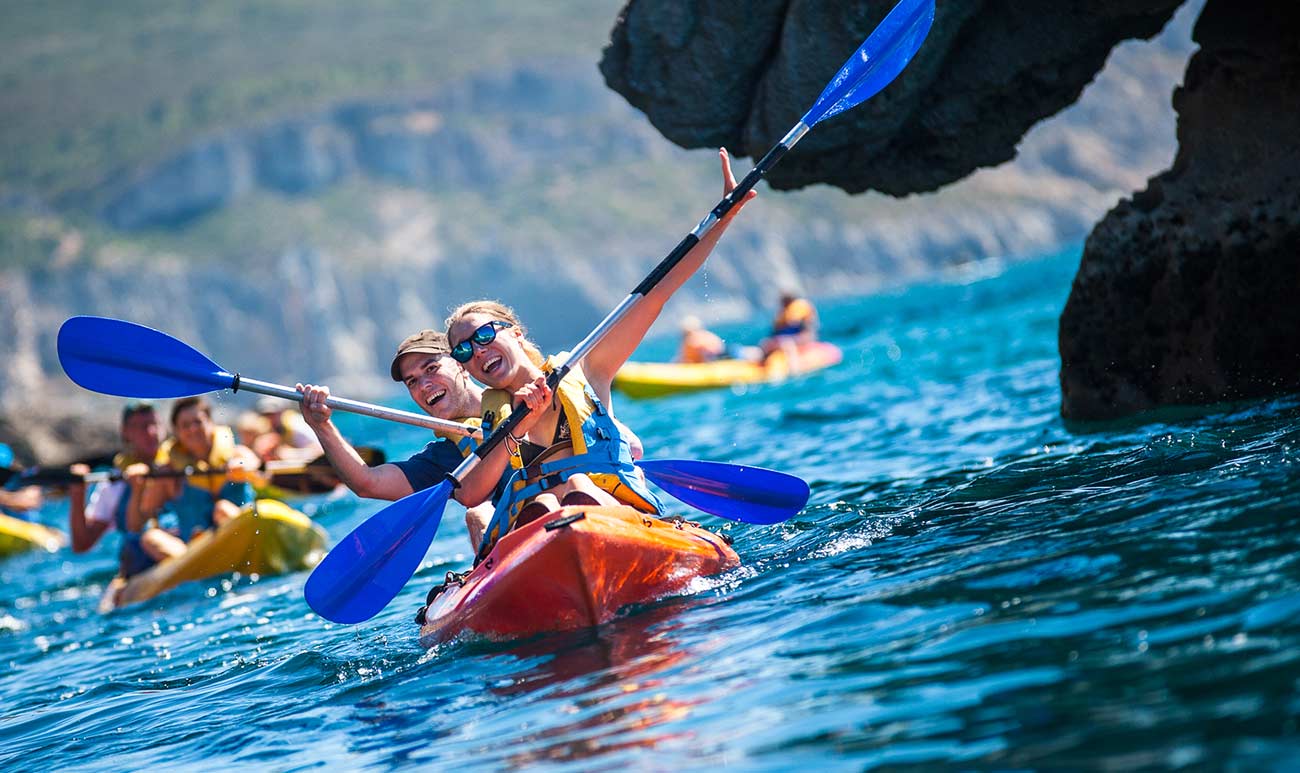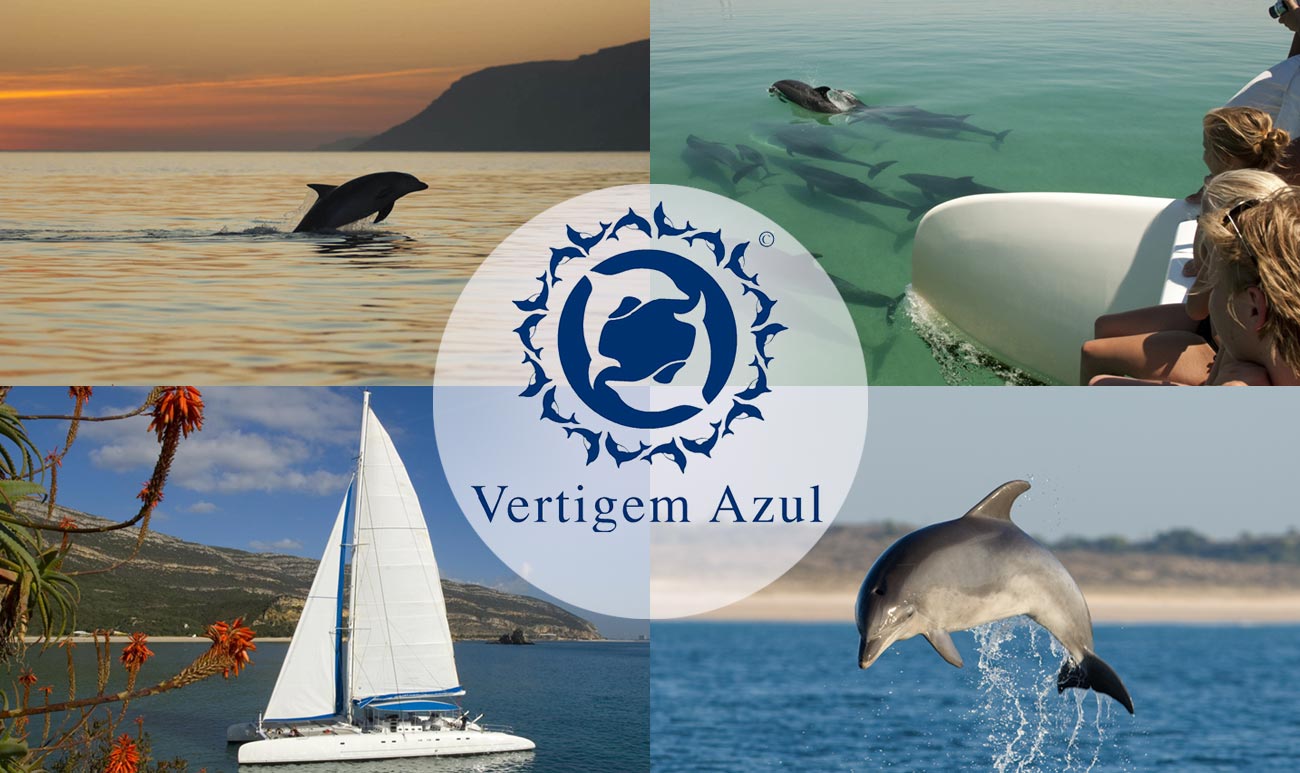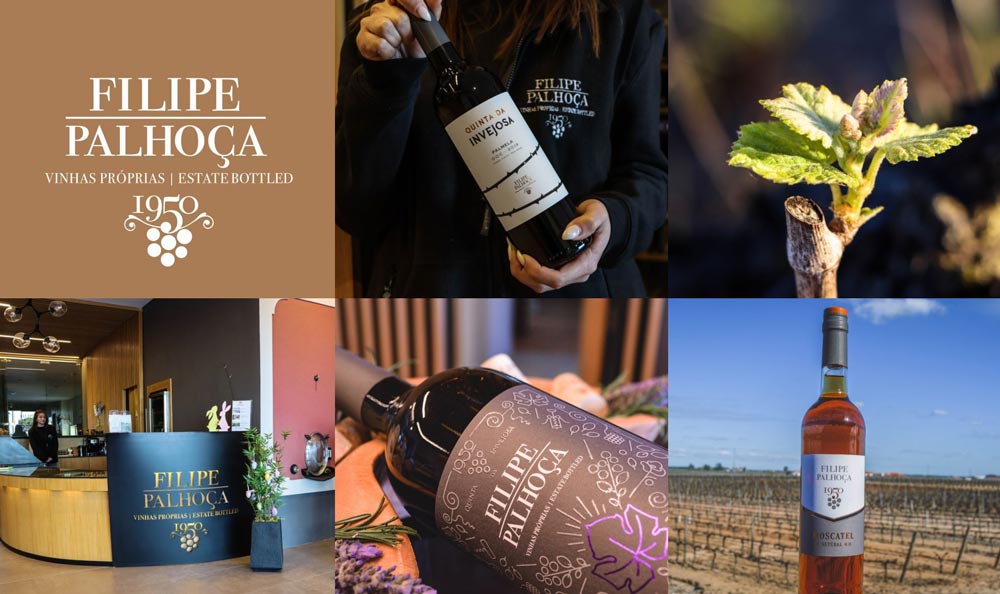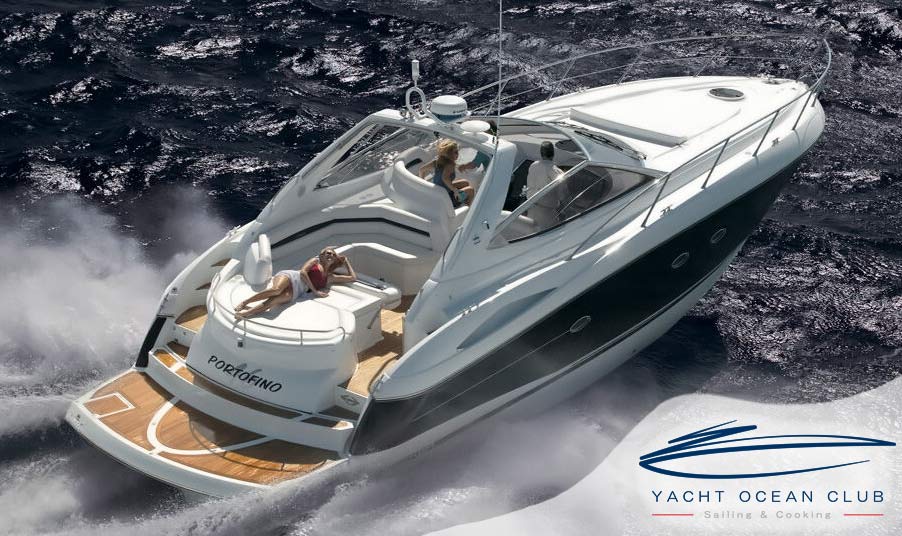Lisbon
All sorts of experiences within a short distance range.
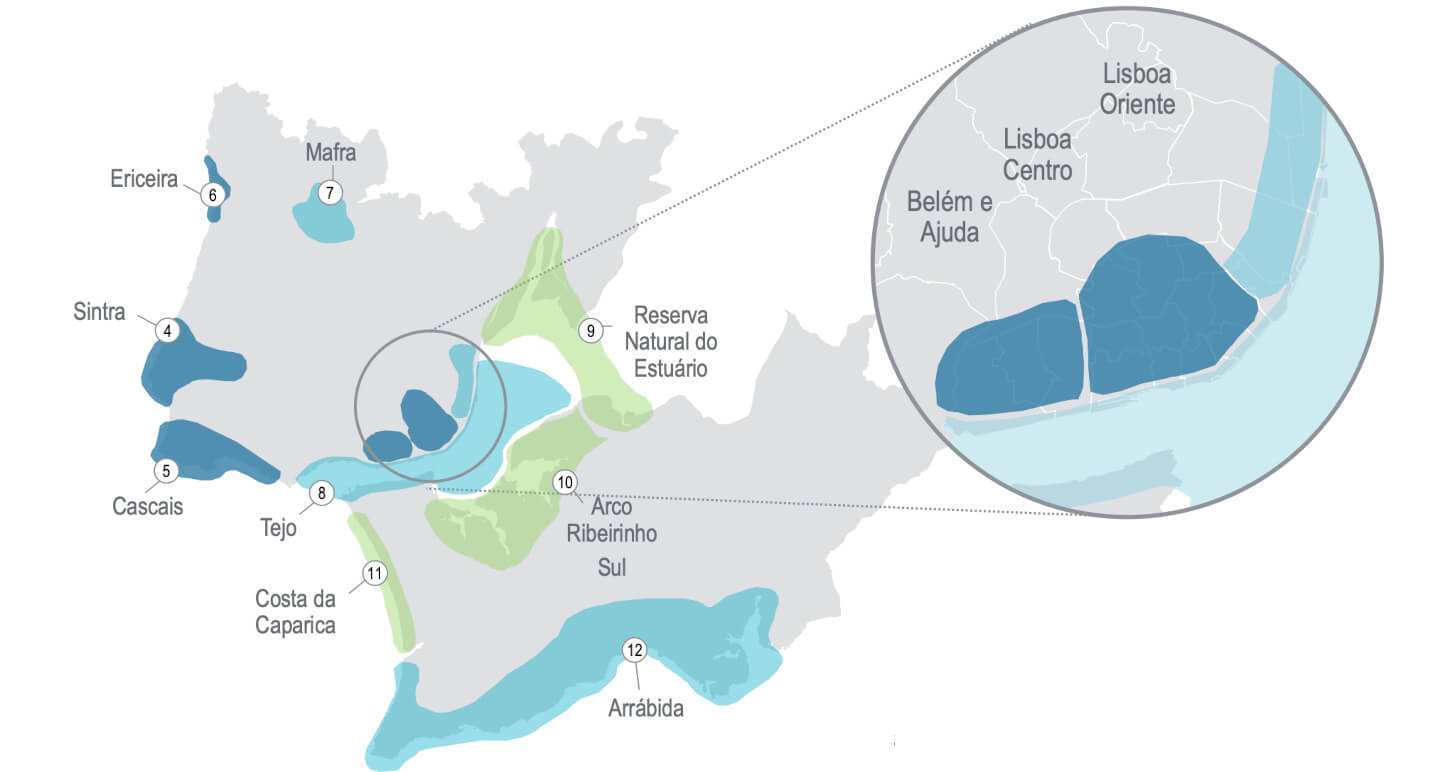
Arrábida
 TripAdvisor Traveler RatingBased on 9 reviews
TripAdvisor Traveler RatingBased on 9 reviewsThe most traditional and trendy boats, give you the coolest and unforgettable trips.
 TripAdvisor Traveler RatingBased on 707 reviews
TripAdvisor Traveler RatingBased on 707 reviewsCome and visit Sesimbra and discover there’s more to visit than just the beach. Sesimbra Castle is an imposing and intriguing place that you’ll love discovering.
 TripAdvisor Traveler RatingBased on 856 reviews
TripAdvisor Traveler RatingBased on 856 reviewsSesimbra Hotel & SPA, a panoramic hotel with prevailing view over the Atlantic Ocean, enjoys a privileged location on the beachfront of Sesimbra.
 TripAdvisor Traveler RatingBased on 55 reviews
TripAdvisor Traveler RatingBased on 55 reviewsWe are specialized in Private Boat Trips, Dolphin Watching, Birthday Parties, Bachelorette Parties, Sunset Party, Corporate Events, Boat rental without crew and Jetski rental.
 TripAdvisor Traveler RatingBased on 11 reviews
TripAdvisor Traveler RatingBased on 11 reviewsWorks by some of Portugal’s most important painters can be viewed right in the centre of Setúbal.
 TripAdvisor Traveler RatingBased on 146 reviews
TripAdvisor Traveler RatingBased on 146 reviewsThis museum’s collections offer an intriguing mix of art, history, archaeology and numismatics.
Come and see this intriguing and original Baroque monument at Cape Espichel, on an essential tour of the outskirts of Lisbon.
This 16th Century church is lined with 18th Century Baroque tile panels depicting the life of St. Peter.
 TripAdvisor Traveler RatingBased on 63 reviews
TripAdvisor Traveler RatingBased on 63 reviewsThis museum aims to study, preserve and disseminate techniques and know-how related to the world of work, as it has changed throughout human history.
Inspired by the traditional and magnificent country estates of Alcochete, Upon Vila is born, at the gates of Lisbon and where the energy of the city combines with countryside tranquility. Here, time slows down.
 TripAdvisor Traveler RatingBased on 491 reviews
TripAdvisor Traveler RatingBased on 491 reviewsActive and Nature Tourism in Arrábida/Lisbon - Coasteering, Canoeing, Trekking, Dolphin Watch, Boat Tours, Trekking, 4X4 Tours, Diving, Snorkeling, Climbing, Spelunking.
 TripAdvisor Traveler RatingBased on 254 reviews
TripAdvisor Traveler RatingBased on 254 reviewsVertigem Azul offers Catamaran boat tours in Sado Estuary, Arrábida and Tróia coast. Dolphin Watching, Birdwatching and Sunset Cruises.
 TripAdvisor Traveler RatingBased on 9 reviews
TripAdvisor Traveler RatingBased on 9 reviewsTo talk about the history of Filipe Palhoça Vinhos is to talk about a love story for the vineyards inherited from parents to children. It all started in 1950, when Filipe Jorge Palhoça founded this family business.
YACHT OCEAN CLUB® is a certified maritime-tourist company with an innovative and disruptive approach, which will provide its customers several experiences.

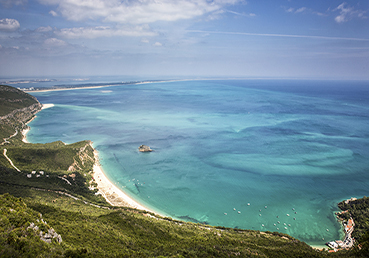

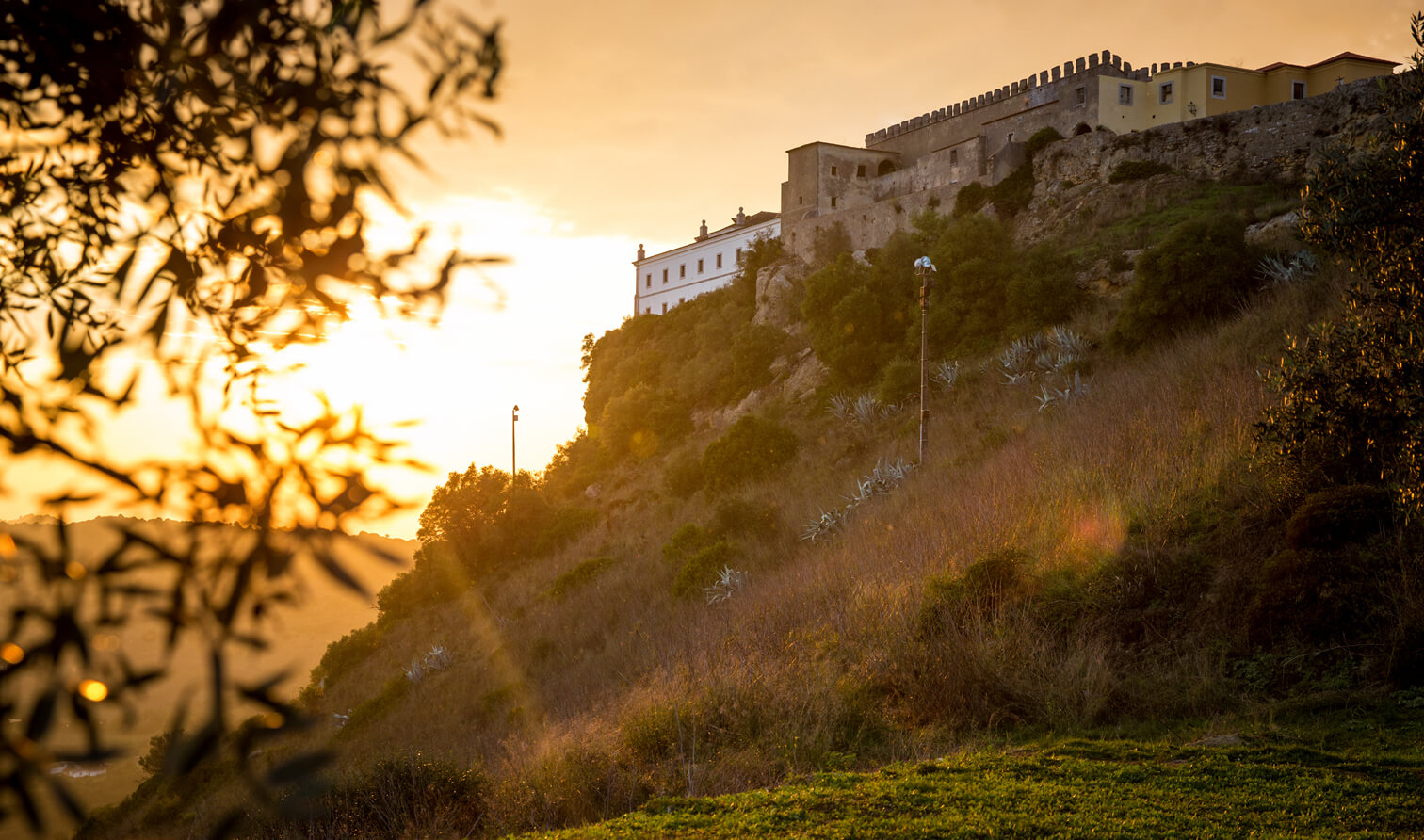
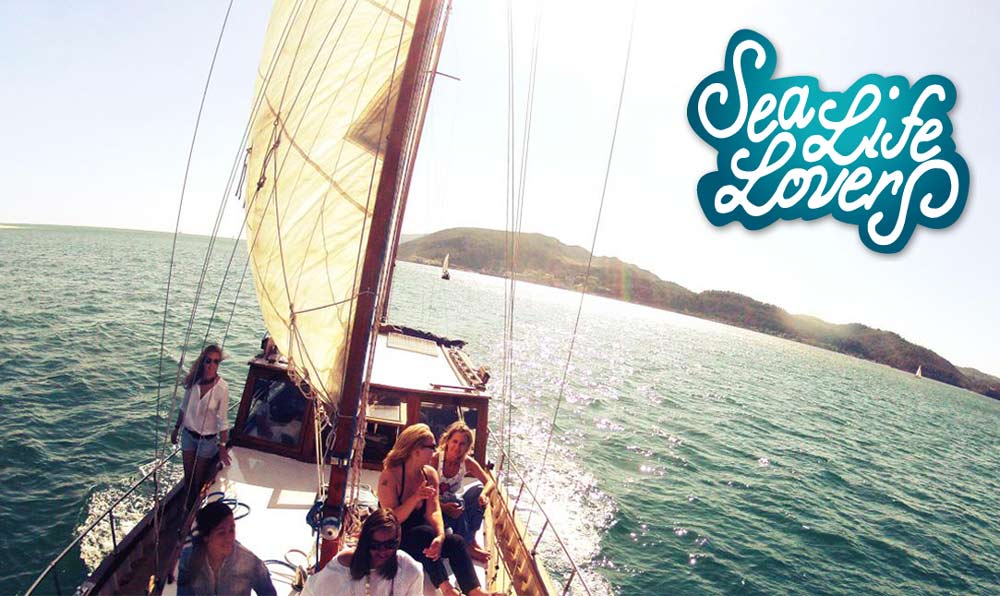
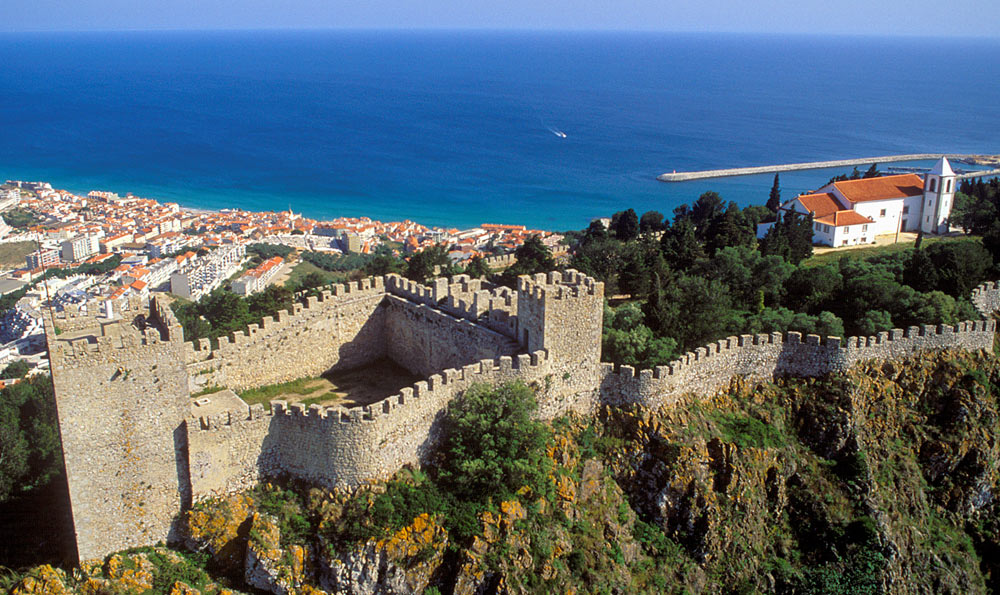
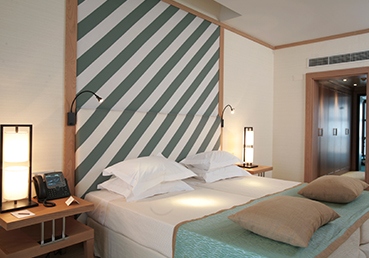
.jpg)

